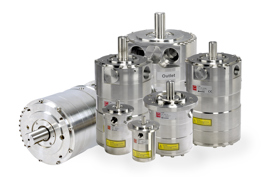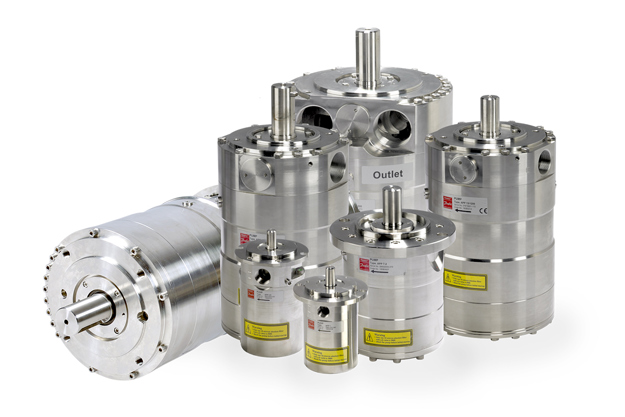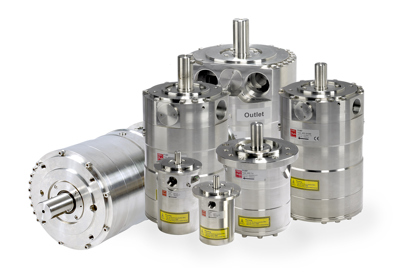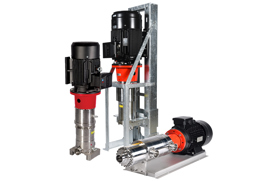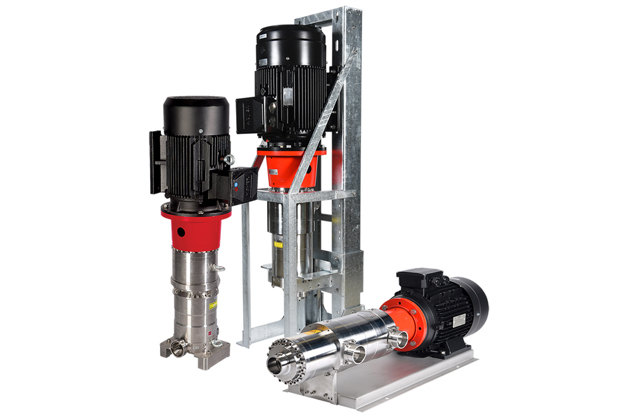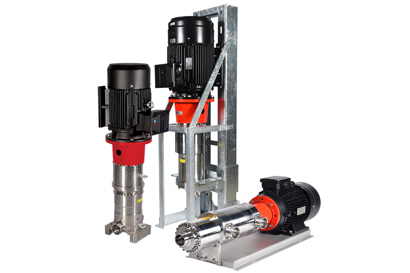The financial crisis has had consequences for practically every industry, and the SWRO market is no exception. Of course, a new SWRO plant is always a long-term investment, and financing such projects is rarely a simple matter. But when banks began to be much more critical about lending, finding the funds for new SWRO plants – especially very large plants – got harder than ever.
One of the results of the tight money markets has been that few very large SWRO plants have been built in the last five years. Mid-size plants, however, ranging between 1,000 and 20,000 CMD, have continued to come online.
Related products
-
if (isSmallPicture) {


 High-pressure pumps for reverse osmosis applications
High-pressure pumps for reverse osmosis applicationsHigh-pressure pumps for landbased, off-shore and marine reverse osmosis applications
-
if (isSmallPicture) {


 iSave® energy recovery devices for high-pressure membrane applications
iSave® energy recovery devices for high-pressure membrane applicationsThe 3-in-1 Energy Recovery Device (ERD) optimized for sea water reverse osmosis applications.

